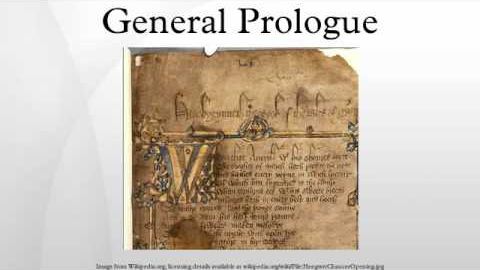一般的なプロローグ (General Prologue)
Chia-Yin Huang が 2021 年 01 月 14 日 に投稿  この条件に一致する単語はありません
この条件に一致する単語はありませんUS /əˈsoʊʃiˌeɪt/
・
UK /ə'səʊʃɪeɪt/
- n. (c.)同僚 : 仕事仲間
- v.t./i.交際する;連想する
- adj.準会員
US /ˈstrʌk.tʃɚ/
・
UK /ˈstrʌk.tʃə/
- n. (c./u.)構造;建物
- v.t.組み立てる;組織する
US /əˈtɛmpt/
・
UK /ə'tempt/
- v.t./i.試みる : 企てる
- n.試み : 企て
- adj.民衆の : 民衆的な : 民間に根ざす : 民俗的な
- n. (c./u.)(生活様式を共にする)人々 : 国民 : 民族 : 民衆
エネルギーを使用
すべての単語を解除
発音・解説・フィルター機能を解除

